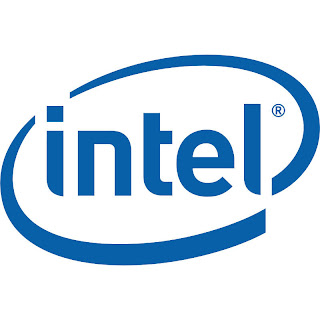
A new Sysinternals Suite release is now available for download for the owners of PC running under the Windows client.
In the latest release, made available on Monday, brings along updates for four of the tools that can be downloaded either as part of the Suite or as standalone applications.
In the new Sysinternals Suite 1.0 Build 05.12.2011, users will find that Autoruns was updated to version 11.2, that Disk Usage (DU) is now up to v1.4, that Process Explorer was updated to v15.1, and that the new version of Strings is v2.42.
In a recent post on the Sysinternals Site Discussion website, we learn what exactly was changed with each of the aforementioned components of the Suite:
Autoruns v11.2: This update fixes a bug in the jump-to-folder...



 12/06/2011 10:26:00 PM
12/06/2011 10:26:00 PM
 dannzfay
dannzfay




















